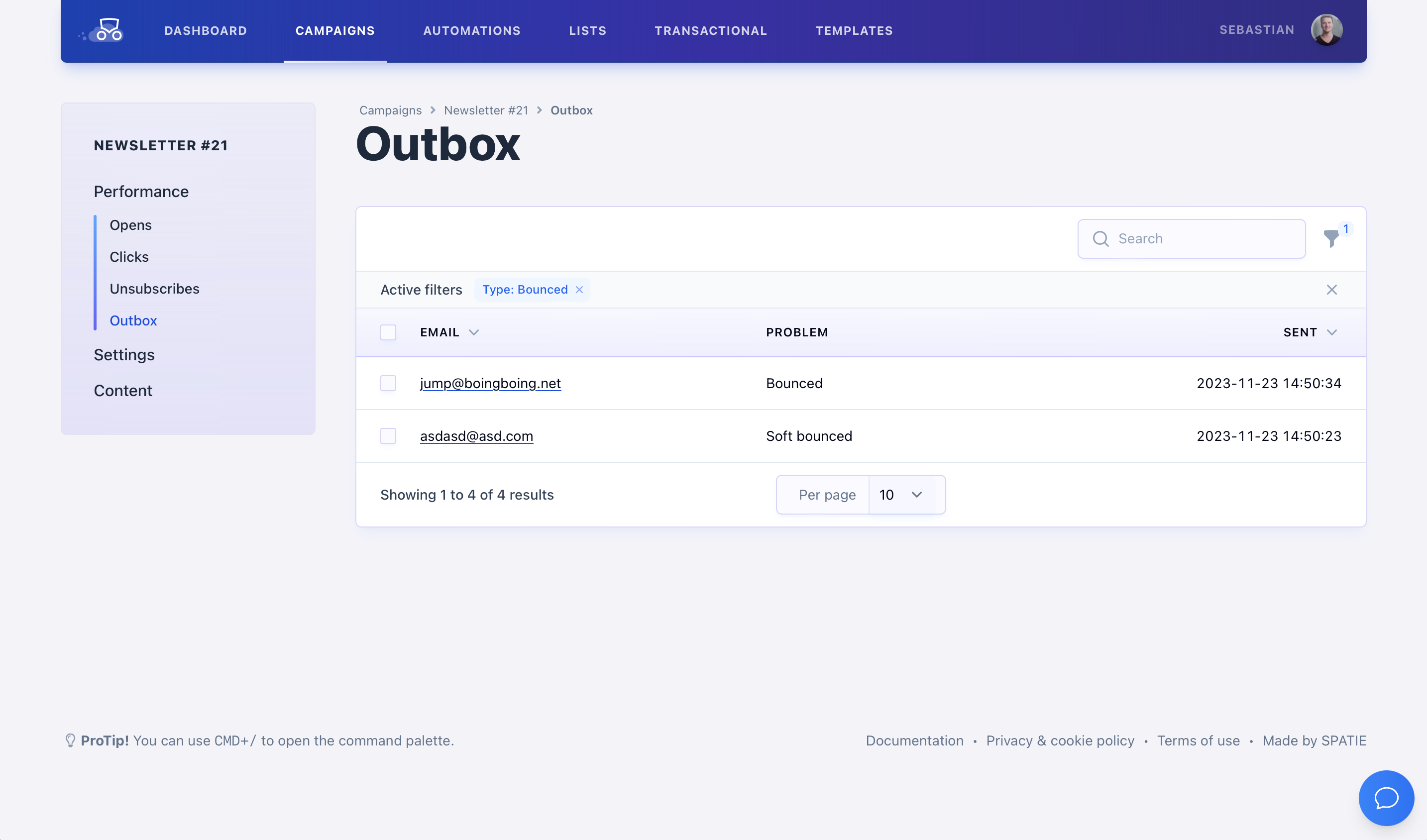Email communication has become integral to our personal and professional lives, but sometimes, emails don’t reach their intended recipients. Sometimes, they bounce.

But what does it mean, and why does it happen?
When an email bounces, the email could not be delivered to the intended recipient and has been returned to the sender - it bounced back. This can happen for various reasons, and they are typically categorized into two main types: hard bounces and soft bounces.
Hard bounce
A hard bounce means a permanent failure in delivering the email. The email server tried, but it couldn’t deliver the email.
This could be because, for example, the email address was invalid, the domain of the recipient’s email address does not exist, or the recipient’s email server has blocked the email.
Either way, there was no way to deliver the email.
Soft bounce
On the other hand, soft bounce only indicates a temporary failure, which, if fixed, will mean the email will be delivered eventually.
What could be the cause of a temporary failure? The recipient’s inbox might be full, the email server might be temporarily down, or the email or its attachments could be simply too large for the recipient’s inbox.
SMTP errors
When you receive a bounce notification, you could check if the notification includes a reason for the bounce: a specific error code or a message with more detail. Whether you will see any message depends on the destination email service and the email provider you or your email marketing software are using. The destination email service will return an error that your email provider (or email marketing software) will interpret and, in most cases, pass on to you. Sometimes, all you will see is a soft bounce or a hard bounce message, which isn’t very informative, and you might want to see if your email marketing software can send you the actual error message.
The error message might look something like this:
smtp;552 5.2.2 <[john.doe@google.com]>: The email account that you tried to reach is over quota.
Let’s look at this error message in detail.
SMTP stands for Simple Mail Transfer Protocol - a protocol for sending and receiving emails. We are told that an SMTP server sent the error.
We are also given the error code 552 5.2.2.
552 is the reply code. Any SMTP errors beginning with the number 5 mean a permanent failure. For example, the code 541 means that the message was rejected by the recipient address, code 552 means that the message wasn’t sent because the recipient mailbox doesn’t have enough storage and code 553 means that the command stopped because the mailbox name doesn’t exist.
5.2.2. is the enhanced status code. This provides more detail about what caused the failure, and it is often used as the error message: “The email account that you tried to reach is over quota.” But, if our enhanced status code was 5.2.3., the message would be “Your message exceeded Google’s message size limits.”
As you can see, there is a lot we could learn from the error codes. However, there is one caveat. There isn’t a uniform error response language used across all email providers. While some standardized SMTP error codes exist, the actual error messages and how they are presented can vary. The above error codes are the Google SMTP error messages, but a different email provider may use the same error code with a different error message.
Solution
Having learned about soft bounces, hard bounces, and SMTP error codes, what can we do to make sure our email lists are healthy?
While you cannot control the recipient’s inbox size or state, nor what error messages (if any) you will receive from your email provider or email marketing software, you can ensure your attachments aren’t too large. You could also quickly check if the email address is correct. Chances are that john.doe@googl.com was a typo, not the intended email address. Finally, you should periodically maintain your email list and remove inactive email addresses to prevent future bounces.